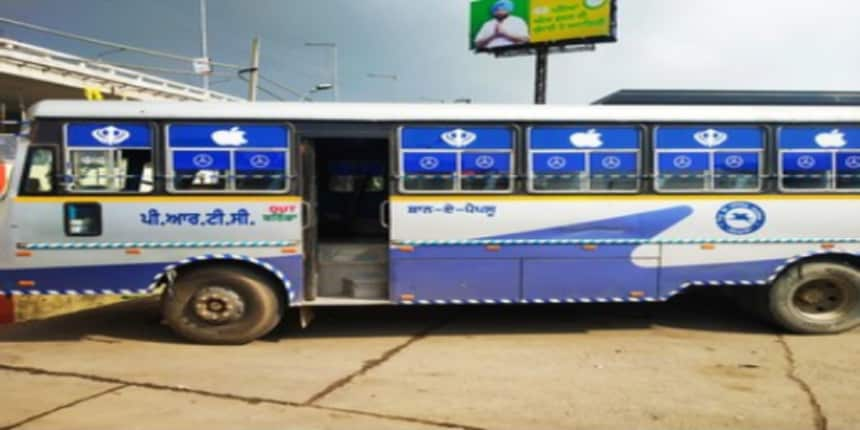PEPSU Full Form
What is the full form of PEPSU?
The full form of PEPSU is the Patiala and East Punjab States Union. It was an Indian state that merged the eight princely states of Punjab. In 1948, these states were joined to form PEPSU, a new state. They were Patiala, Nabha, Malerkotla, Jind, Kapurthala, Faridkot, Nalagarh, and Kalsia. The capital state was Patiala, with an area of 26,208 square kilometers. 1n 1948, the state was inaugurated and became the state of india only in 1950. The current Jind district and Narnaul tehsil in north Haryana, the Loharu tehsil, Charkhi Dadri district, and Mahendragarh district in southwest Haryana, as well as the Loharu tehsil, Charkhi Dadri district, and Mahendragarh district in southwest Haryana, are all parts of the former state of PEPSU that were included in the state of Haryana after it was split from Punjab on 1 November 1966.
- What is the full form of PEPSU?
- What Is PEPSU?
- History Of PEPSU
- Demography Of PEPSU
- Ruler Of PEPSU

What Is PEPSU?
In 1947, when India got independence, all of the regal provinces were given the title of "princely states." With all of these provinces, the kings would create a state that would be ruled by the native leader. Western India's eight princely regions were considered to be united to form the Patiala and East Punjab States Union (PEPSU). Patiala, Jind, Nabha, Faridkot, Kapurthala, Kalsia, and Nalagarh were among the princely domains that were merged. Patiala was chosen as the Union's new capital. As the new head of state, Sardar Partap Singh Kairon oversaw the political and administrative choices. Patiala, Jind, Nabha, Faridkot, Kapurthala, Malerkotla, or MalerKotla rulers received acknowledgement from the British Crown in the form of a Gun Salute, but Kalia and Nalagarh continued to be Non-Salute States.
History Of PEPSU
During the process of consolidation of the Princely States drawn up by the political department under the British during the War days. However, following Independence, things changed more drastically. The British's plans for administrative unification prepared the way for the Indian government to consolidate the roughly 600 princely states into larger and more viable political groupings, of which PEPSU was one.
Demography Of PEPSU
The quantitative components of a population's general characteristics are taken into consideration in the scientific study of demography, which focuses on the size, structure, and development of human populations.
In PEPSU, according to the 1951 census, the population was 3,493,685. 19% of the total population was urban. The population density of PEPSU was 133/km square kilometers.
Ruler Of PEPSU
Yadavindra Singh, the then-Maharaja of Patiala, was chosen to serve as the state's Rajpramukh when it was established. Throughout the brief existence of the state, he stayed in office. Uparajpramukh at the time was Jagatjit Singh, the Maharaja of Kapurthala (lieutenant-governor).
Frequently Asked Questions (FAQs)
On November 1, 1956, PEPSU merged into Punjab.
On March 4, 1953, Rajendra Prasad, the president of India, dissolved the assembly in accordance with Article 356 of the Constitution.
PEPSU stands for the Patiala and East Punjab States Union.
The eight princely states of Punjab were joined to form PEPSU, a new state. They were Patiala, Nabha, Malerkotla, Jind, Kapurthala, Faridkot, Nalagarh, and Kalsia.
Patiala was the capital and principal state of PEPSU.